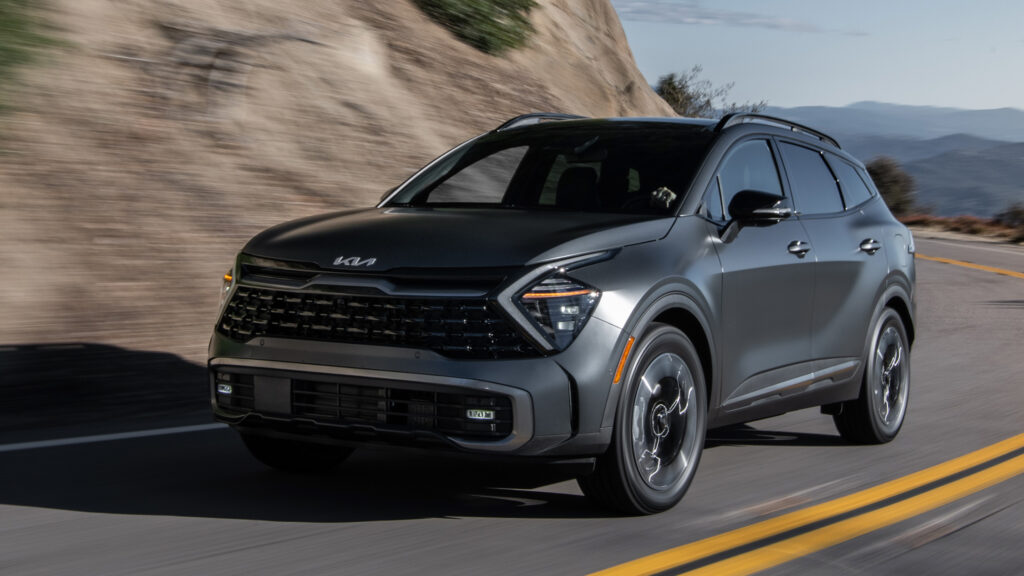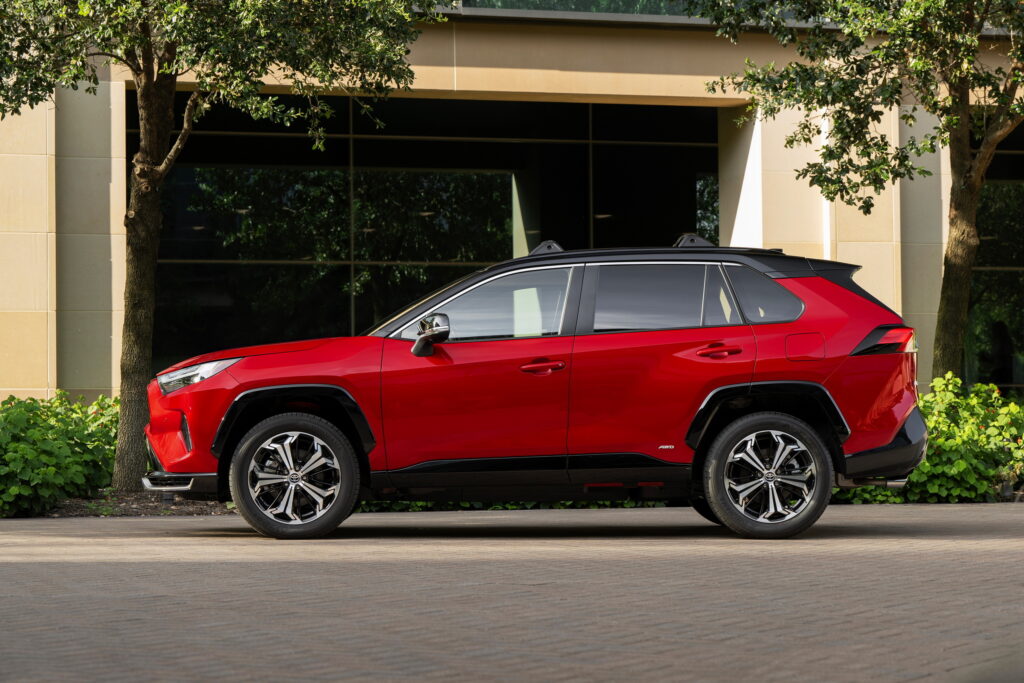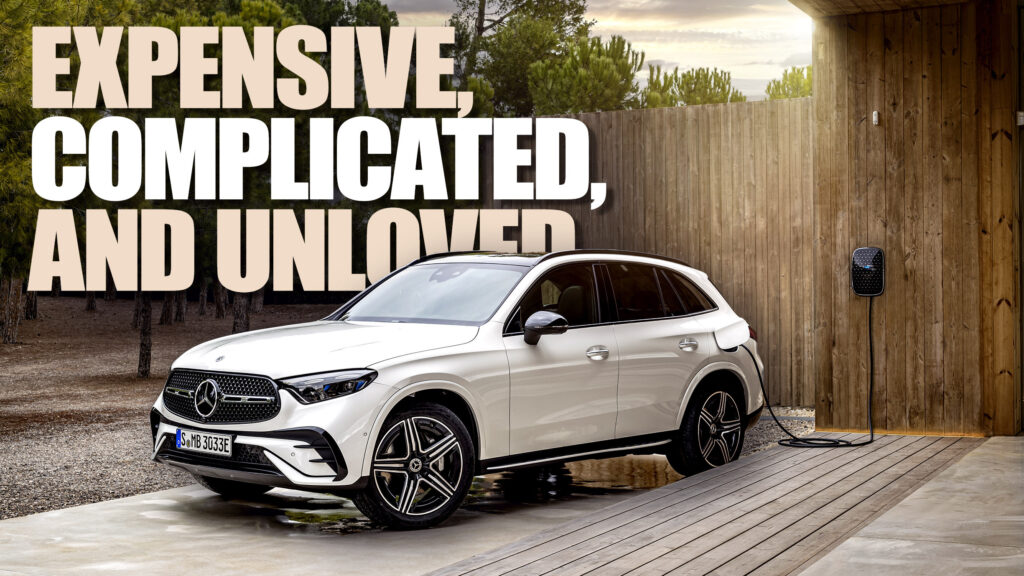- PHEVs accounted for only 1.9% of new vehicle sales in the U.S. through the first eight months of 2023.
- Many buyers feel that plug-in hybrids don’t offer enough value compared to traditional hybrids or full EVs.
- The need to manage both fueling and charging makes plug-in hybrids less appealing to potential buyers.
Consumers haven’t exactly embraced plug-in hybrids (PHEV) the way some automakers might have hoped, with many seeing them as a compromised stopgap—a halfway house that combines the worst of both worlds. They’re pricier than traditional hybrids and don’t quite match the ownership experience of a full electric vehicle, leaving many buyers wondering what exactly they’re paying for.
In the US, PHEVs accounted for a paltry 1.9% of total new vehicle sales through August. To put that into perspective, EVs had a 9.4% share of the total market, while conventional hybrids managed a respectable 10.7%. And it’s not for lack of options—there are currently 41 different PHEVs available in the U.S., a smattering more than the 39 conventional hybrids on sale and just a little shy of the 60 EVs offered.
Read: Nissan Rogue PHEV Coming In 2025, Range-Extended EVs To Follow
So, what’s holding PHEVs back? Well, several reasons provide insight into why PHEVs are not thriving. First and foremost is the cost. A new study from J.D. Power reveals the average customer-facing transaction price (CFTP) from January to August for a PHEV in the compact SUV segment was $48,700. That’s significantly more expensive than the average CTFP of $36,900 for a compact electric SUV and the average CFTP of $37,700 for a comparable hybrid. Paying more for something that feels like a compromise isn’t exactly a winning value proposition.
Low Satisfaction, High Costs
Then there’s customer satisfaction—or lack thereof. The latest J.D. Power U.S. Electric Vehicle Experience Ownership Study paints a bleak picture, with overall satisfaction for PHEVs landing at just 669 points on a 1,000-point scale. For comparison, mass-market EVs scored a more commendable 716, while premium EVs climbed higher still at 738.

Part of the dissatisfaction stems from unexpected costs. Many PHEV owners are finding that their vehicles come with higher-than-anticipated ownership expenses, and the dual demands of fueling and charging two power sources are proving more of a hassle than anticipated. Many consumers also don’t feel they are getting enough for their money when buying a plug-in hybrid, particularly since they often don’t look any different than non-hybridized versions of the same model.
Read: Mercedes Hybrid Owner Left Fuming When Told $17,000 Car Needs A New $20,000 Battery
“There’s been a lot of focus on creating intermediary steps for consumers who may not be ready to fully adopt a battery-electric vehicle yet,” J.D. Power’s EV practice executive director Brent Gruber told Auto News. “Plug-in hybrids have their merits for certain people, but when you look at that ownership experience, it’s certainly not as positive as battery-electric vehicle ownership experiences.”
The Future of PHEVs
Ultimately, plug-in hybrids face an uphill battle convincing buyers they’re worth higher price tag and complexity. Factor in the sky-high cost of battery replacements post-warranty—something we’ve highlighted before—and the steep depreciation they often suffer, and it’s easy to see why many consumers might be inclined to stick with more traditional options instead.




